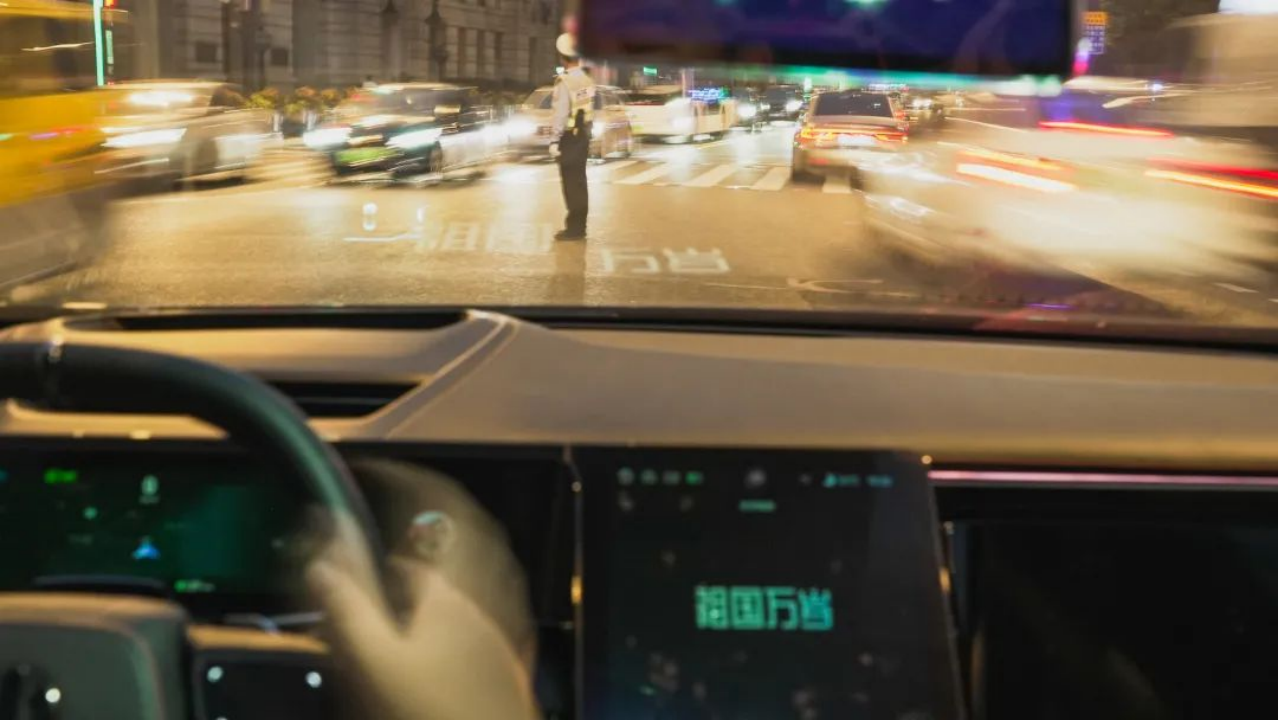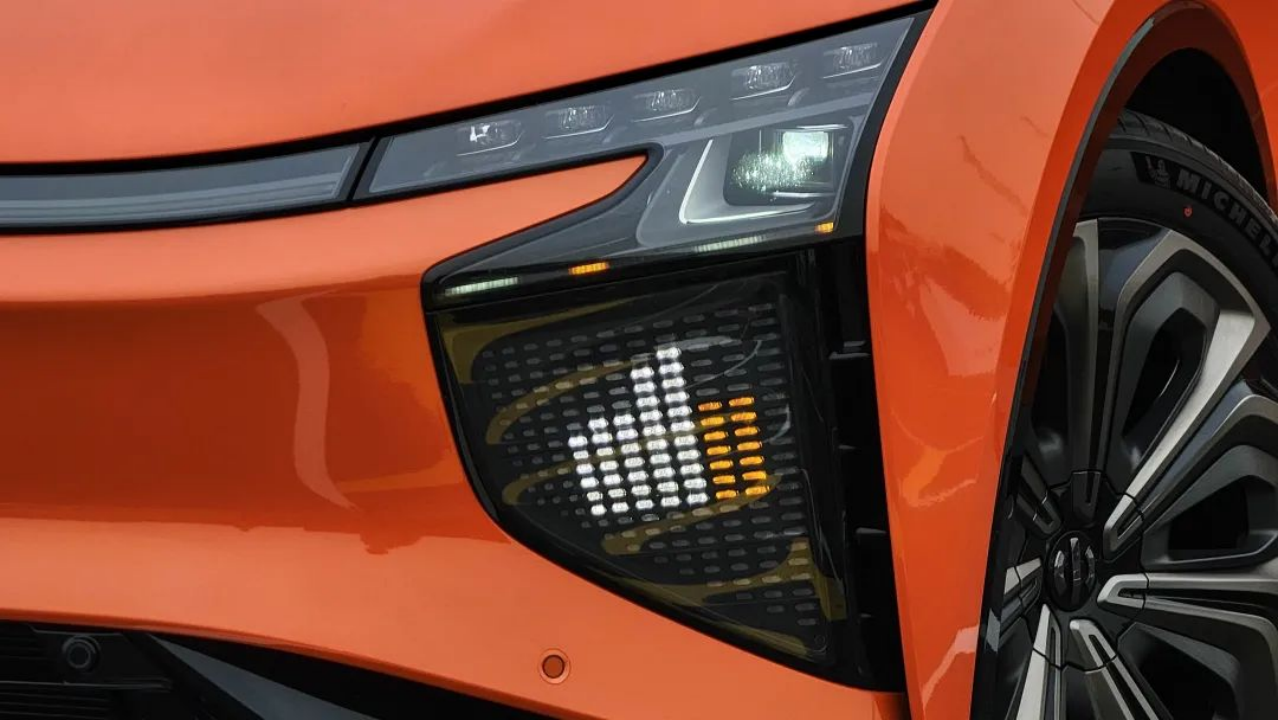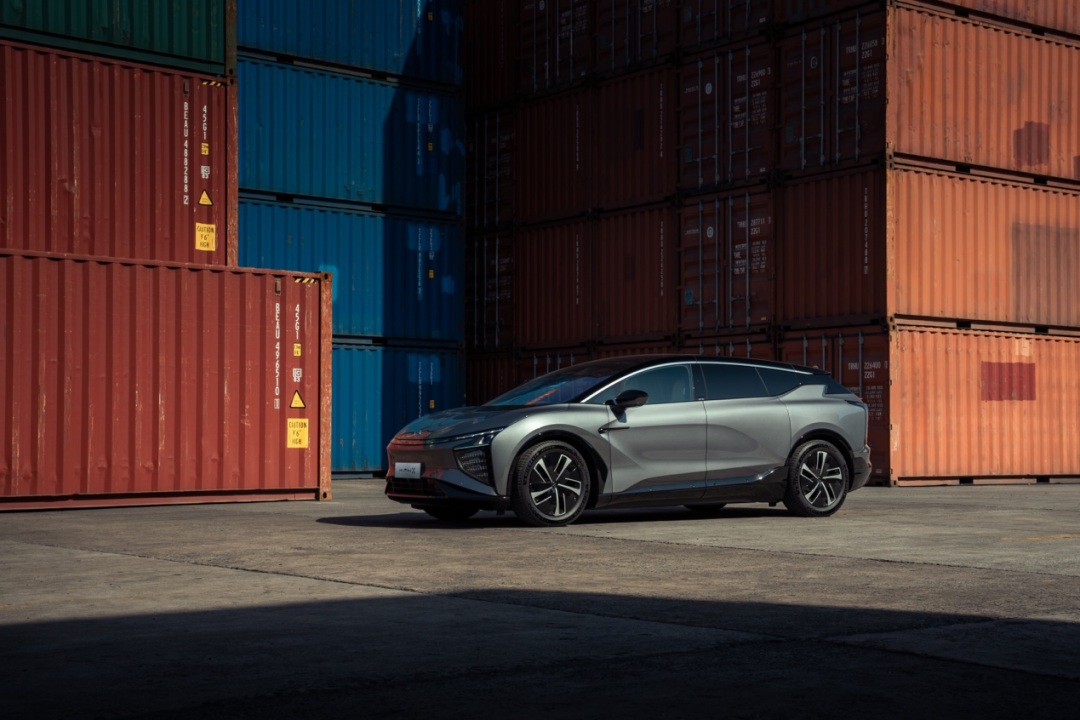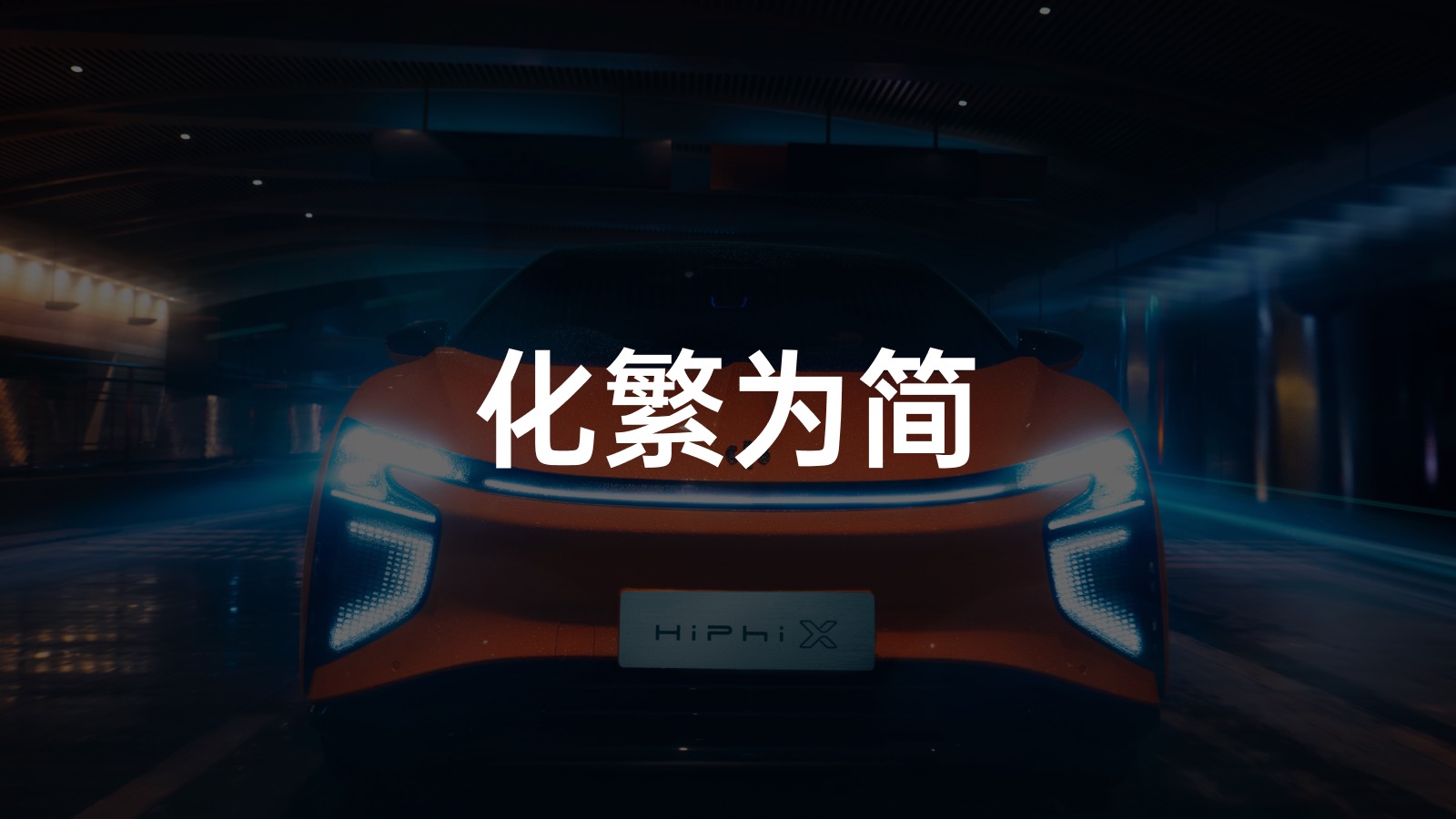Heading:
The Complexity Behind an Elegant and User-friendly Car Feedback System
What is EEA?
EEA (Electrical/Electronic Architecture) is a concept proposed by the world’s largest automotive wiring system manufacturer, Delphi Corporation, in 2007. It refers to a holistic solution for the electrical and electronic architecture of a vehicle, including the design of the principles of the vehicle’s electronic and electrical systems, central electrical boxes, connectors, and electronic and electrical distribution systems.
It may sound complex, but EEA can be thought of as the “muscles and veins” of a vehicle. Through physical wiring, it connects the vehicle’s ECUs, controllers, sensors, and actuators, enabling bidirectional data communication between them.
However, with the rise of vehicle intelligence, the electronic functions of vehicles have become increasingly complex. This requires the incorporation of a large number of Electronic Control Units (ECUs) to perform the required functions. In traditional fuel-powered vehicles, this number can exceed hundreds, which increases the risk of malfunction and repair difficulty. Coordination and management of the vehicle’s electronic systems pose challenges as well because ECUs come from different suppliers with non-interoperable protocols, making functional upgrades and linkages difficult.
To take greater control and achieve stronger software-hardware decoupling capabilities for increased functional linkages and Over-the-Air updates, automotive manufacturers have embarked on reducing the number of ECUs and enhancing integration capabilities. This trend has driven EEA from a distributed architecture to a multi-domain centralized architecture, presenting a significant challenge for automotive engineers.
This is why a car that smoothly unlocks, opens doors and responds in an elegant and user-friendly manner as you approach the vehicle is complex to achieve. The vehicle communicates with your smartphone or key to unlock the doors and uses UWB technology to determine your direction and distance. It further determines the angle of the door’s opening via the ultrasonic sensors on the door and triggers the brake pedal when you step into the vehicle.
For automotive engineers, the underlying principle of achieving these functions is not difficult. The limitation lies in the ability of EEA. In the past, vehicles lacked this seemingly more elegant and user-friendly feature because of EEA’s limitations.When Human Horizons (HH) first established itself as a high-tech brand, they were aware that the ability to decouple software from hardware and over-the-air (OTA) capabilities would be crucial for their Electric Vehicle Ecosystem Architecture (EEA). Thus, H-Service Oriented Architecture (H-SOA) was developed as a super electrified architecture consisting of six computing platforms that manage the entire vehicle, namely the Entertainment Domain Computing Platform IDCM, the Autonomous Driving Computing Platform ADCM, the Power and Chassis Domain Computing Platform VDCM, the Body Domain Computing Platform BDCM, the Central Gateway CGW, and the V-Box Communication Computing Platform.
H-SOA excels in three key areas: high integration, the ability to collect, transmit and analyse data, and unified, efficient and open development tools. This allows vehicles to achieve cross-hardware functionality recombination and mobilization, and even create new usage scenarios.
However, from a consumer perspective, the architectural benefits are not particularly perceptible. In the following section, we will explore a few scenarios and functions in more detail.
Liberating Doors from “Mechanical” Properties
Previously, I had borrowed the HH HiPhi X and parked it downstairs from my office. Whenever I opened the rear door, passersby would stop and ask if they could experience the unique rear passenger entry method.
The HiPhi X’s gull-wing doors are undoubtedly the car’s most eye-catching feature. My first impression of the HiPhi X was based on its unique rear opening method, and I’m sure most people’s impressions are similar.
When it comes to car doors, most people don’t think of them as having much technological appeal. We can see a variety of cool door opening methods on some sports cars, which also have a long history. For example, the gull-wing door (Mercedes-Benz 300SL), scissors door (Alfa Romeo Carabo), and Falcon Wing Doors (Tesla Model X).
The original intention of the HiPhi X’s gull-wing door design was to solve the problem of second- and third-row passengers with limited mobility or wearing short skirts who might find it inconvenient to get in and out of the car. Huachen Automotive Group (HAG), Human Horizons’ parent company, and Founder and Co-CTO of HAG, Jun Chen, led the team in researching eagle-wing doors and sliding doors provided by suppliers, but ultimately decided to tackle the problem in their own way. They successfully completed the mission through the ingenious design of split-wing doors.
However, what we see here is merely the innovation of thought and design in engineering. To turn the split-wing doors into an intelligent door system that is no longer just a mechanical property of sports cars, H-SOA’s underlying support is required.
For example, when it is raining, how can we prevent the vertically opening wing doors from opening? The solution is to add a rain sensor so that the vehicle can understand the amount of rainfall and decide whether or not to open.
Another example is when a passenger is too close to the door or there is an obstruction, an ultrasonic radar is needed to accurately determine the distance and control the opening angle.# The New Style of Lights
We often see the impressive functions of the headlights being demonstrated by HiPhi, such as projecting zebra crossings and even custom patterns onto the ground in front of the car. In addition to the eye-catching “falcon wing” doors, this all-digital lighting system, which can directly interact with humans, seems to better reflect the advantages of HiPhi’s H-SOA.
The entire all-digital lighting system on the HiPhi X is composed of an infrared camera, an independent LIGHTING MASTER chip, a PML programmable intelligent headlamp, which is the main auxiliary driver, and an ISD intelligent interactive lamp for external communication.
The PML programmable intelligent headlamp is made up of 2.6 million reflective micro-mirrors that divide light at the pixel level, and by controlling the voltage of the electrodes at both ends of the reflective mirror through electrical signals, achieve a continuous deflection angle of +/-12° for each micro-reflective mirror to accurately project LED light. In addition to high-precision and fast-response projections, the outstanding feature of the PML headlamp, as its name suggests, is “programmable”.
Based on this hardware, HiPhi X achieves an upgrade from ordinary high and low beam lighting to automatically switching between four types, including standard low beam, urban high beam, standard high beam, and focal high beam. With the advantage of being “programmable,” HiPhi also provides some basic functions for users to assist in driving:
-
When the vehicle speed is greater than 30 km/h and changing lanes, if there are other vehicles in the blind spot of the target lane behind, the PML headlamp will project a brightly flashing icon on the road ahead to remind the driver to be aware of the blind spot.
-
When the vehicle speed is less than 25 km/h and turning, the PML headlamp will project a dynamic turning arrow on the appropriate side to remind drivers in other lanes to pay attention and give way.- When driving at a speed less than 25km/h in poor or narrow road conditions, the PML headlights will project a “light carpet” in the direction of the vehicle’s travel, providing auxiliary judgment for the driver on travel trajectory and passability;
-
When deviating from the lane, the PML headlights will project a warning line (20 meters long and 0.5 meters wide) to remind the driver of lane departure.
On top of these basic functions, Gaohe also guides users to explore more usage scenarios of PML programmable intelligent headlights. For example, “Pedestrian Yielding” refers to using PML headlights to project “zebra crossings” in front of the vehicle after shifting into P gear, reminding and guiding pedestrians to pass.

If you have played with this system, you can directly project custom texts on the car’s display.
The ISD intelligent interactive light consists of four LED matrices made up of 1,712 LED light sources. During normal driving, ISD serves as an additional supplement to daytime driving lights, position lights, turn signals, brake lights, and reverse lights. However, in specific scenarios, it can intelligently display personalized expressions, achieving communication and interaction with the outside world.

To implement the above functions, it is not solely dependent on the independent work of the all-digital lighting system, but also requires the vehicle to share the driver’s operational signals quickly and accurately. This requires EEA to share data quickly and accurately. PML programmable intelligent headlights and ISD intelligent interactive lights not only achieve linkage under certain scenarios but also support deep customization, which is all built on the H-SOA architecture of Gaohe.
How to simplify complexity?
As smartphones evolve to become more powerful in terms of chip performance, the number and functionality of apps continue to increase, but the efficiency of using phones is decreasing, and I believe many people share the same sentiment.
Therefore, both iOS and Android have introduced “Shortcuts” function, combined with voice assistants, which can compress complex and lengthy operation chains and link native and third-party apps directly to use relevant functions, providing an exclusive experience.
 When faced with a wide variety of functions in vehicles, the problems we encounter are actually similar to those of smartphones. The solution provided by HiPhi is “Scene Cards”, which arrange related functions based on capturing user scenarios. You can understand it as a set of customizable and automatically executed instructions, similar to the “Shortcuts” on smartphones.
When faced with a wide variety of functions in vehicles, the problems we encounter are actually similar to those of smartphones. The solution provided by HiPhi is “Scene Cards”, which arrange related functions based on capturing user scenarios. You can understand it as a set of customizable and automatically executed instructions, similar to the “Shortcuts” on smartphones.
Here, let’s take the “Nap Mode” as an actual example. When you get into the car and activate this scene through voice, the seat will automatically recline and adjust to your best position according to your previous settings, even down to the air conditioning temperature and window angle.
But that’s not “smart” enough. Let’s open our imagination and upgrade it based on our own habits and preferences.
You can add more features to this scene, such as setting a fixed time period for the car to actively ask whether you want to turn on the “Nap Mode”, or having the car broadcast a brief news update and play relaxing music, as well as freely adjusting the ambient lighting and aroma to create a more comfortable nap scene.
After arranging everything appropriately, it will be very convenient and private. Of course, you can upload it to the cloud and share it with other HiPhi users, and you can also download other people’s “Scene Cards”. So far, there are already a rich variety of “Scene Cards” on the HiPhi X, covering various scenarios.
For example, the “Immerse Mode Scene Card”, which, when activated, simulates the feeling of the ocean, forest, or space through the linkage between the seat, aroma, and ambient lighting;
Or the “One-Click Watch Football Scene Card”, which transforms the car cabin into a “football cinema” through the linkage between the in-car air conditioning, filtering system, sound system, seat, and ambient lighting;
And there are “Queen Comes”, “Pet Mode”, “Homecoming Mode”, “Rainy Day Scene Mode”, which are some of the real user scenarios covered by Scene Cards.
You can directly download these more mature “Scene Cards” on the car, and modify them according to your own needs, to achieve an almost perfect match.
This is just the tip of the iceberg that HiPhi officially provides, since after providing this “HiPhi Play” interface, similar to smartphone “Shortcuts”, to users, they can customize a variety of scenes that are exclusive to them, achieving true personalization. They can also share and download other people’s Scene Cards. The imagination and creativity of the people are limitless, as long as users’ enthusiasm is motivated, the “Scene Cards” that are easy to use and fun will be endless.
Essentially, this is thanks to the construction of middleware by HiPhi. “Middleware” is software located in between two software programs, acting like a bridge for communication between application software and system software. Through the improvement of middleware, HiPhi reorganizes and adjusts the functionalities of more than 500 sensors and more than 300 electronic controllers in the car, making it possible for apps and scenes to work effectively.And this is only a unified interface towards users of H-SOA. For professional apps or third-party developers, Gaohe also provides unified development tools, so developers can provide more functional extensions for users’ “scene cards” and quickly enrich Gaohe’s content ecology.
Conclusion
When we use our phones, some people prefer native themes, while others prefer customized themes. We can freely personalize our mobile software. However, in the century-old wisdom of cars, the appearance and functionality of vehicles are increasingly similar, and our individuality is largely suppressed.
But under the wave of intelligence, we can not only obtain excellent native software experience on vehicles’ software but also deep customizability. We can even transcend the definition of pure software on mobile phones. Through the decoupling of hardware and software on intelligent cars, we can fully link the hardware and software components. This gives us more novel experiences and more possibilities.
Yes, this is what many companies call “user co-creation,” but the depth of water content here varies widely.
On HiPhi X, we see that Gaohe has extended many interesting functions based on the H-SOA architecture. How to leverage the advantages of this underlying architecture and make it truly serve you requires you to try it out on the car computer.
This article is a translation by ChatGPT of a Chinese report from 42HOW. If you have any questions about it, please email bd@42how.com.
